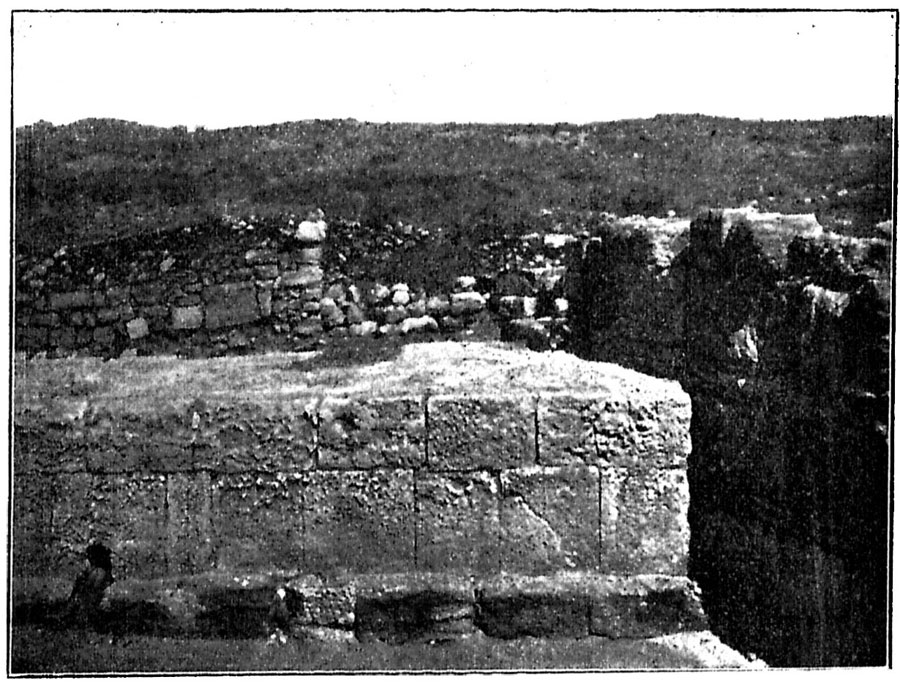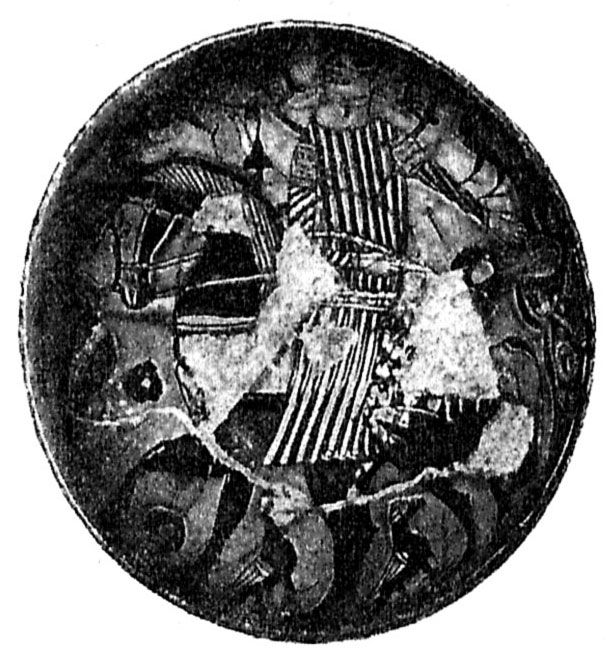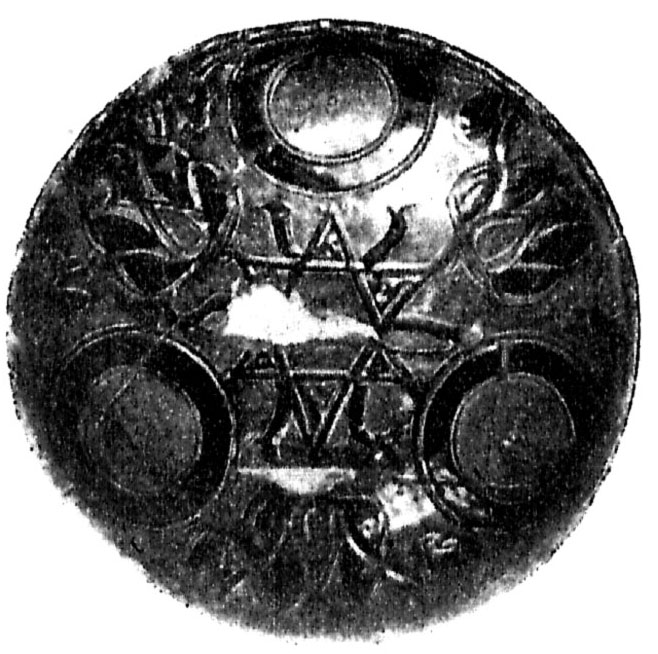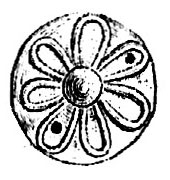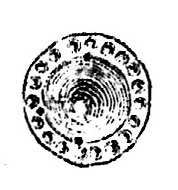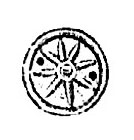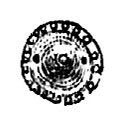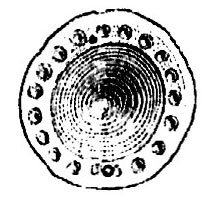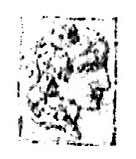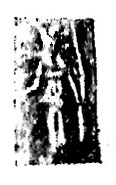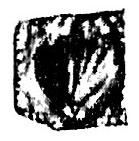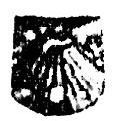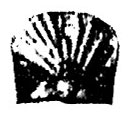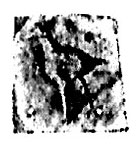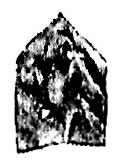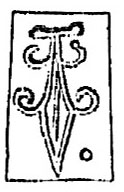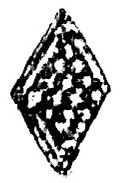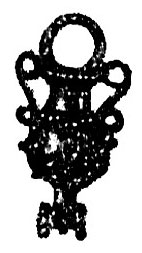 |
 |
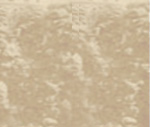 |
|
||
| main :: biography :: texts :: manuscripts :: photographs :: drawings :: squeezes :: publications :: about | ||
|
Year 1895 ...
Taurida government
Excavations in Chersonesos were made in different areas along the borders of the ancient city site: in between of the new church and Karantinnaya (Russian for 'quarantine') bay, between the south-eastern flanking tower and the monastery gate, in the north-eastern and south-eastern extremities of the ancient city site, on the northern coast between the coastline and monastery garden, in the north-western corner of the ancient city, and in the necropolis.
To the w<est> from the tower, remains of stone altarless church with 2 tombs were discovered, and, farther, there were 3 more tombs containing, among others, gold Byzantine coins of John, Alexius, and Manuel Comneni. A little over 13 sazh<enes> far to the w<est>, there was a series of trading places, with their layout similar to that of such rooms discovered before, some with pithoi, and one with stone staircase going down. To the n<orth> from the defensive wall, 3 streets of the Byzantine Chersonesos with drains of stone tubes were unearthed. The excavations discovered, among others: earthenware sinkers, bronze fishhooks, glazed earthenware bowls with various images, including one of greenish color and with its inner side having image of a horseman with hawk sitting on his left hand and 4 other birds between his horse's legs (fig. 2) ,
and another one, also of green color, decorated with brown patterns looking like an inscription on the outside (fig. 3) , though inside (on the walls and bottom) there is an image of two intersecting triangles forming six-pointed star, with flower bud on each of the three points, and on each of three other points is a round strip with dot in the middle and two scrolls below, either having its bottom part resting on the obtuse angle formed by two extremities of the triangles (fig. 4) , several shards of the same bowls and plates, a great number of glazed pottery shards without images, marble capital, fragments of marble cornices and marble column, Byzantine period roof tiles, bronze and silver finger-rings, silver and bronze earrings, glass, carnelian, amber and other beads, bone plates and decorations for
 ; Narrow margins on either side contain damaged Greek inscription, on the fac<e> side: ; Narrow margins on either side contain damaged Greek inscription, on the fac<e> side:
 , and on the bac<k> side: , and on the bac<k> side:  ; on the back side, there was another, completely destroyed image. The discoveries in the city include 4 cisterns of square form, 90 living rooms and warehouses, and 2 brick furnaces. At the outer side of the wall, 35 silver and 10 copper coins of the Golden Horde were unearthed. ; on the back side, there was another, completely destroyed image. The discoveries in the city include 4 cisterns of square form, 90 living rooms and warehouses, and 2 brick furnaces. At the outer side of the wall, 35 silver and 10 copper coins of the Golden Horde were unearthed.
Excavations were made in between of the ancient wall and the bay coast to discover whether some settlement existed there or not. These excavations, however, uncovered nothing but rubbish layer as deep as water surface; this proves Mr Kostsyushko-Valyuzhinich's hypothesis that the ancient bay coast approached the very defensive wall.
The discoveries in the north-eastern extremity of the ancient city site include considerable area of the ancient defensive wall, that partly fell down to the sea, and remains of two stone circular buildings. This excavation unearthed marble cornices, handles of earthenware vessels, black slip pottery shards, earthenware vases, and copper Roman, Chersonesos, Bosporan, and Byzantine coins. In the south-eastern extremity of the ancient city cite, an experience was made to strengthen the eastern coast of it, which is being greatly destroyed by sea and fell down as much as few sazhenes since 1891. At the same time, small excavation was made behind the warehouse of antiquities, so that a part of wall with later houses adjoining it, two cemented cisterns located close to each other, and cemented well in the bottom of one of the said cisterns were unearthed. As for the ancient artifacts uncovered during this excavation, there are amphora handles, ancient roof tile, earthenware lamps, black slip and glazed pottery, earthenware sinkers, glass bracelets, bronze buttons, later Roman and Byzantine coins. Small excavation made at the north coast of the ancient city site, in between of the see and the monastery garden, discovered a corner of the ancient wall, laid with lime, and with pilasters on either side of it. Here, cultural layer was as deep as 2 ¾ arch<ines>; it contained a number of amphora handles, ancient tiles, black slip lamps, black slip vases, multitude of other black slip pottery, earthenware sinkers, fragments of terracotta ware, bronze spear-head and coins of Chersonesos dated to both periods . And finally, excavations were made in the north-western extremity of the ancient city site, near the breach in the defensive wall, in order to find the remains of the city walls there. These excavations resulted in discovery of not only gate but also of a special wall of ashlars that concealed the gate from the sea. The remained section of the wall is up to 11 arch<ines> high; its construction is the same as that of this wall in the other areas of the city site. This way, 1895 excavations has exactly determined the main directions of the ancient defensive wall, but masonry type has not been revealed everywhere, though, in Berthier Delagarde's opinion, it is not the same. The recently discovered area of the necropolis included 2 catacombs, 3 tombs that were faced with big roof tiles, 9 tombs laid of ashlars, including one with gable roof, 16 tombs carved into bedrock, one of which had two side niches, 30 underground tombs, 3 lead and 24 earthenware urns. Excavations were made on the west side of the defensive wall, to the e<ast> from the previous years excavations. Several tombs appeared to be plundered. The ancient Greek period includes tile tombs, where bronze coin of autonomous Chersonesos, black slip earthenware plate, bronze rings, glass beads, and three-fingered lead pendants were found. Carved into bedrock tombs date to the Roman period; apart from bronze later Chersonesos and Bronze coins, these contained earthenware lamps, gold wire earrings, gold twisted earrings with garnets, bronze brooches, gold finger-ring with garnet, bronze bracelets with snake's head on either end, whetstones, balsamaria and other glass bottles, paste, carnelian, rock crystal, glass, amber and jet beads, and carnelian amphora-shaped pendants. Some carved into bedrock graves did not contain grave goods. In the underground graves, there were bronze coins of Chersonesos, bronze bracelets, rings, brooches and belt buckles, earthenware lamps, partly decorated with relief images, very different beads (rock crystal, chalcedonic, glass, paste, jet, and amber), pendants for necklaces in the form of amphorae, scarabs, lions, bunches of grapes, knucklebones and human figures, as well as different earthenware and glass vessels. Both catacombs housed burials of the most late period and were already plundered. Maximum number of artifacts were unearthed from the graves laid of ashlars: according to the coins, these dated to the Roman period (first to third centuries). Such graves contained burials in wooden coffins, sometimes well-preserved, and in earthenware or lead urns. Along the walls, there often were niches with pottery or urns with remains of the dead. These tombs, apart from round gold sewing badges in the form of stars, rosettes and pointed caps (fig. 7, 8, 9, 10, 11) , discovered during previous excavations (s<ee> 1891 Otchёt Arkheol<ogicheskoy> Kom<issii> [Archaeological Commission's Report], p. 139), contained quadrangular gold plates with impressed images of woman's head, women's figures, shells, birds, leaves, and circles (fig. 12, 13, 14, 15, 16, 17, 18, 19, 20, 21, 22, 23) , bronze brooches, bone boxes, beads of carnelian, rock crystal, chalcedony, coral, amber, jet, glass and multicolored paste, gold amphora-shaped (fig. 24)
and pail-shaped pendants, to one of which gold spiral decoration is soldered at one side (fig. 25, рис. 26) , gold pendants with garnets and glasses, chalcedonic, carnelian and paste beads, gold, glass and bronze finger-rings, silver and gold earrings, bronze bracelets, bronze ring with hook, bronze tongs, silver ear-cleaner, bronze belt buckles, bronze mirrors, iron athlete's scrapers and knives, whetstones, scraps of woolen cloth, pieces of red paint and sulfur, earthenware lamps, both plain and ornamented, cups, saucers, jugs, knucklebones, various glass vessels, and bronze coins of Chersonesos. Funerary urns that were placed outside tombs, just on soil, contained cremated bones accompanied with goods of the same types, bronze brooches, gold sewing badges, gold leaves, bronze bracelet, beads, glass balsamaria, etc.
For the detailed report of the excavations in the city site and necropolis of Chersonesos see Appendix I to the given Report. From 1895 Report of the Imperial Archaeological Commission, signed by the Chair count A. A. Bobrinskiy. Published in Saint Petersburg, 1897.
|
||||||||||||||||||||||||||||||||||||||||||||||||||||||||||||||||||
| ©National Preserve of Tauric Chersonesos . 2007 - 2026 |
